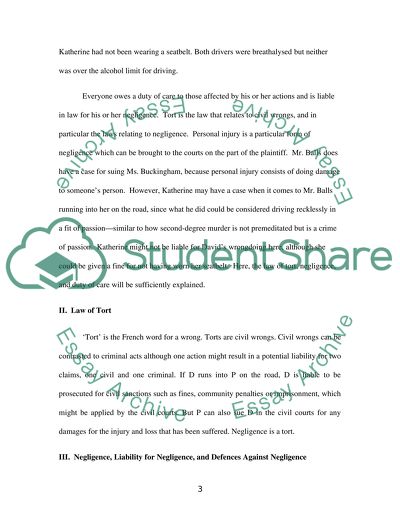Cite this document
(“Law in Practice UK Essay Example | Topics and Well Written Essays - 3000 words”, n.d.)
Retrieved de https://studentshare.org/law/1390717-law-in-practice-uk
Retrieved de https://studentshare.org/law/1390717-law-in-practice-uk
(Law in Practice UK Essay Example | Topics and Well Written Essays - 3000 Words)
https://studentshare.org/law/1390717-law-in-practice-uk.
https://studentshare.org/law/1390717-law-in-practice-uk.
“Law in Practice UK Essay Example | Topics and Well Written Essays - 3000 Words”, n.d. https://studentshare.org/law/1390717-law-in-practice-uk.


